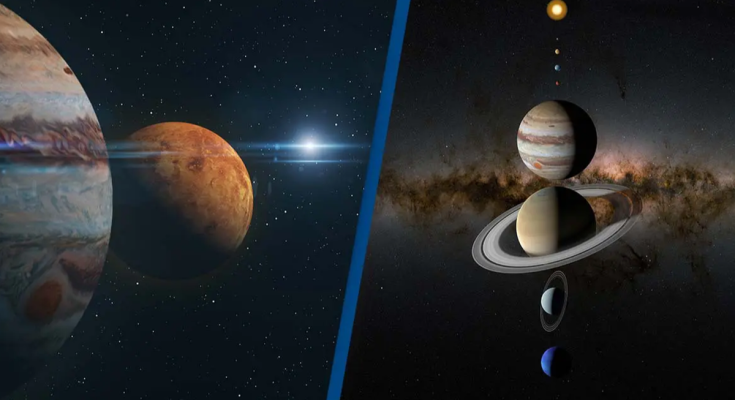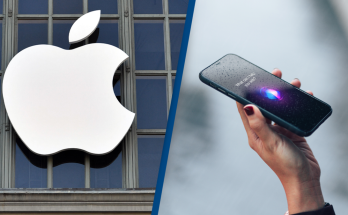The new year kicks off with an astronomical showstopper
Calling all stargazers as the night sky will offer a beautiful spectacle in the new year.
We’ve had plenty of opportunities to observe stunning astronomical phenomena this year with the multiple sightings of aurora borealis aka the Northern lights, the solar eclipse of April and the supermoons — the last of which was the Beaver Moon in November.
It seems that 2025 will kick off with a bang for those who’d be willing to spend some time with their eyes up to the sky.
A rare planetary parade consisting of six planets, with a seventh to join, will be visible from the end of January. This is scientifically known as a planetary alignment, where several planets line up to the same side of the sun and will look like they’re pretty much in the same line.
Next year, Venus, Mars, Jupiter, Saturn, Neptune and Uranus will align and will all be visible in the night sky from January 21 up until the end of February.

From the Northern Hemisphere, the best time to watch the parade in all its glory is around 8.30pm local time. Venus, Saturn and Neptune will be on the horizon for a while after that, but all three planets will go under the horizon by 11.30pm or midnight depending on where you’re based. Meanwhile, Mars, Jupiter and Uranus will remain visible for a few more hours, with Mars setting just before sunrise.
This parade is expected to last for up to four weeks due to the advantageous planetary positions in the sky. Around the last week of February, Mercury will join the other six planets for a couple of days, creating a seven-planet parade.
It’ll be difficult to spot all planets at once, as Saturn, Mercury and Neptune will be quite close to the sun right at sunset. By the beginning of March, the trio of planets will be too close to the sun to be visible, with Venus following suit. This leaves Jupiter, Mars and Uranus to populate the night sky until the next parade.
The usual rules for observing astronomical phenomena apply here. Aim to gaze up on a clear night, get away from the city lights and invest in UV protection for your eyes if you’re going towards the end of February, when some planets will be in close proximity to the sun.
As for which planets you’ll actually be able to see, you won’t need any special equipment to catch Mars, Venus, Jupiter and Saturn, which will be visible to the naked eye. However, Neptune and Uranus will be simply too far away to be seen, and you’ll need a high-powered telescope to catch a good glimpse of both of them. A telescope with at least an 8-inch aperture at 50 times magnification is recommended to see Uranus and its rings, while a 150 times magnification will get you to see Neptune and its rings.
If you’re unsure where to look at exactly to spot the different planets, there are a number of websites and apps that can help you locate them, including Stellarium’s website and its apps for iOs and Android.



